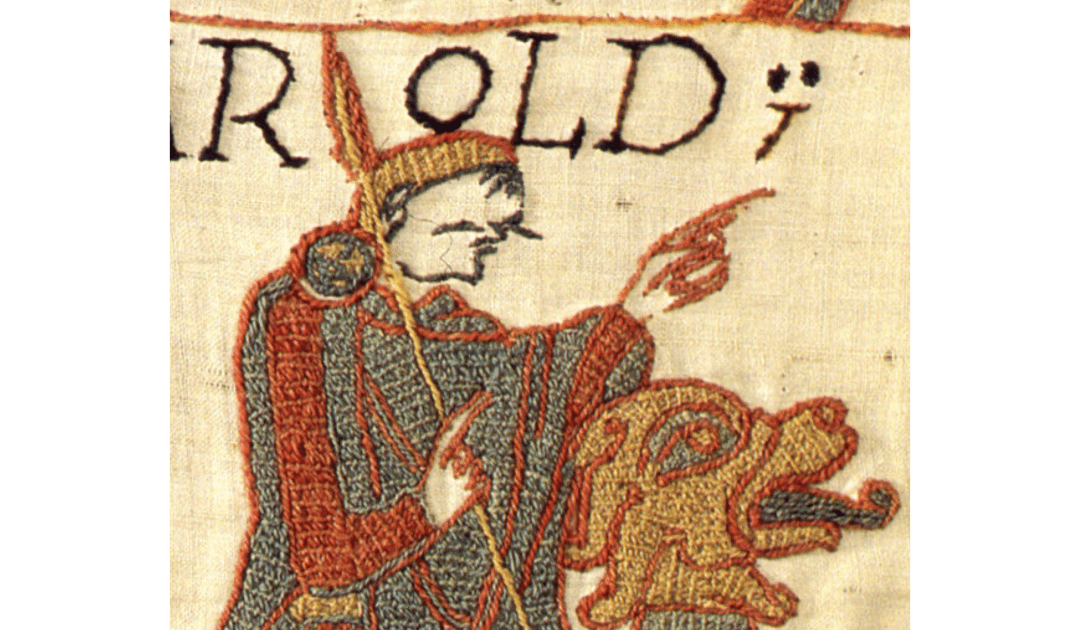King Harold II, Harold Godwinson, won the Battle of Stamford Bridge on 25th September 1066. He defeated King Harald Hardrada of Norway and his own exiled brother, Tostig Godwinson. The Battle of Stamford Bridge took place during the tumultuous year of 1066, a period that witnessed multiple contenders vying for the English crown. Following the death of Edward the Confessor, Harold II ascended the throne, only to face challenges from both Harald Hardrada and William, Duke of Normandy. The battle at Stamford Bridge arose from Harald Hardrada’s ambition to claim the English throne for himself.
Harold II’s forces, though outnumbered, exhibited remarkable determination and tactical skill. The English employed a defensive formation, forming a shield wall across the bridge that denied the Norse invaders easy passage. The fierce fighting lasted for hours, with neither side gaining a decisive advantage.
Harald Hardrada fought valiantly at the forefront of his troops. Historical accounts depict him as a formidable warrior, slaying numerous English soldiers with his mighty axe. However, despite his personal bravery, Hardrada’s forces eventually faltered due to exhaustion and the relentless defence of the English.
In a dramatic turn of events, a lone warrior managed to gain access beneath the bridge and deliver a fatal blow to Harold Hardrada. With their leader slain, the Norse forces lost morale, and the English seized the opportunity to launch a ferocious counterattack. The battle ended in a resounding victory for Harold II and his troops, effectively ending the Norse invasion.
Of course after the English victory at Stamford Bridge, Harold marched his army south again, to face the invasion of William of Normandy. We all know how that turned out. However the outcome was far from certain. I reviewed a fantastic book in Readers Club called Senlac Book Two, which describes the battles of Stamford Bridge and Hastings in great detail. Harold made some strategic and logistical mistakes which cost him the Battle of Hastings. Senlac Book One deals with the political machinations preceding the battles. I preferred Book Two.

